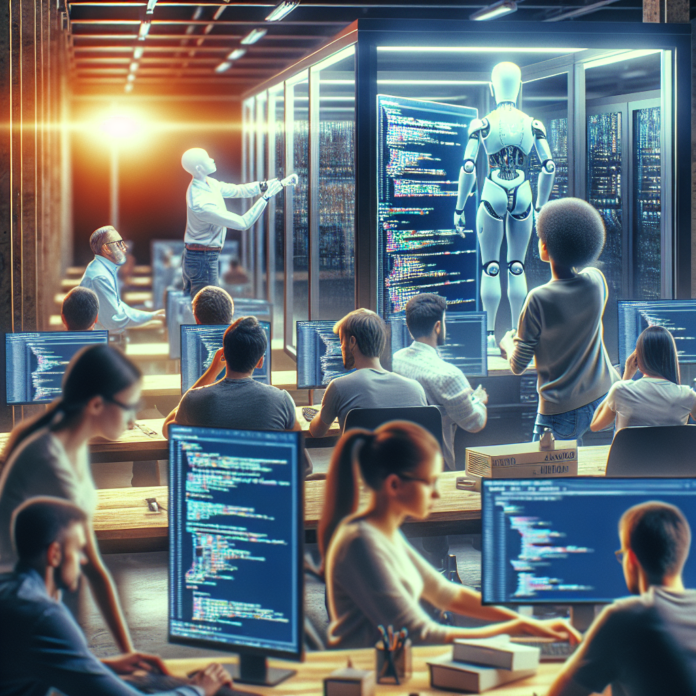Introduction
The landscape of artificial intelligence (AI) is undergoing a transformative shift as agents are learning how to build other agents on their own. This self-replicating capability signifies a new era in AI development, where autonomous systems can design and deploy subsequent generations of intelligent agents. Such advancements promise to accelerate innovation, enhance adaptability, and open new frontiers in technology and industry.
The Evolution of Autonomous Agents
Autonomous agents have progressed from simple rule-based systems to complex entities capable of learning and decision-making. The integration of machine learning and neural networks has endowed these agents with the ability to process vast amounts of data, recognize patterns, and make informed decisions. This evolution has set the stage for agents to not only perform tasks but also to design and implement new agents tailored for specific functions.
Mechanisms Enabling Agents to Build Agents
The ability of agents to construct other agents is facilitated by several key mechanisms:
- Meta-Learning: Agents develop the capacity to learn how to learn, enabling them to create models that can adapt to new tasks with minimal data.
- Automated Machine Learning (AutoML): This approach allows agents to automate the process of selecting models, tuning hyperparameters, and optimizing algorithms, streamlining the development of new agents.
- Evolutionary Algorithms: Inspired by natural selection, these algorithms enable agents to evolve new agents through iterative processes of mutation and selection, leading to optimized performance over generations.
Implications for AI Development and Deployment
The emergence of self-building agents has profound implications:
- Accelerated Innovation: The automation of agent development reduces the time and resources required to deploy new AI solutions.
- Enhanced Adaptability: Agents can be tailored to specific tasks or environments, improving their effectiveness and efficiency.
- Scalability: The ability to generate multiple agents simultaneously allows for scalable solutions across various industries.
Challenges and Ethical Considerations
Despite the potential benefits, several challenges and ethical considerations arise:
- Control and Oversight: Ensuring that self-building agents operate within intended parameters and do not deviate from their designed purposes.
- Security Risks: Preventing malicious use of self-replicating agents that could lead to unintended consequences.
- Ethical Boundaries: Establishing guidelines to govern the creation and deployment of autonomous agents to prevent harm and ensure alignment with human values.
Conclusion
The advent of agents capable of building other agents marks a significant milestone in AI development. This capability promises to revolutionize the field by enabling rapid innovation, adaptability, and scalability. However, it also necessitates careful consideration of control mechanisms, security protocols, and ethical guidelines to harness the benefits while mitigating potential risks. As we navigate this new era, a balanced approach will be essential to ensure that the development of self-building agents aligns with societal values and contributes positively to technological progress.



